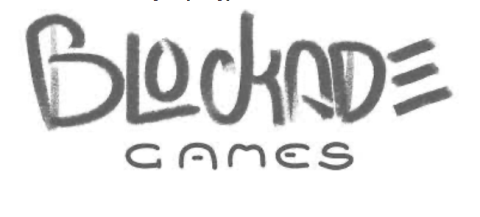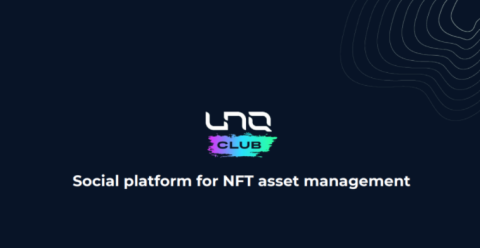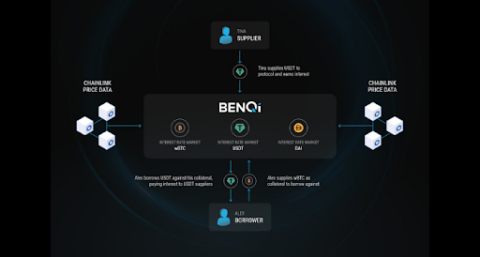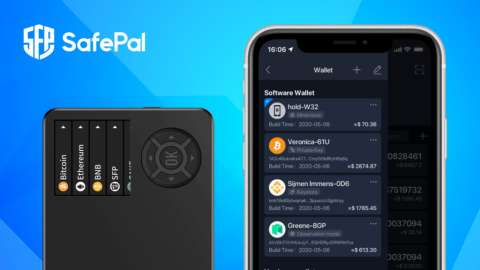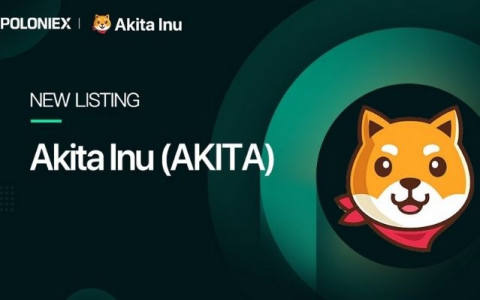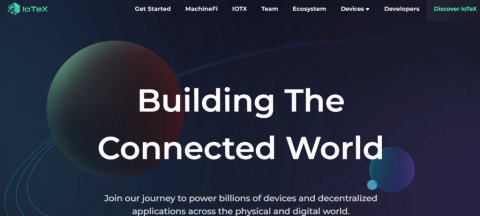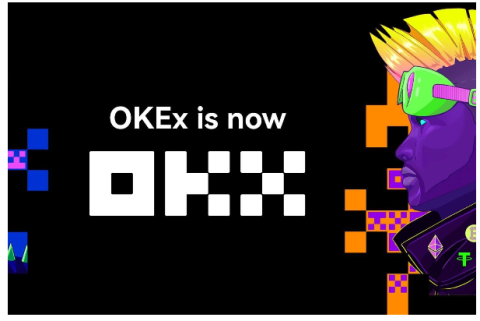What is thena? Discover the outstanding features of Thena and THE . token

Ngoài PancakeSwap, hệ sinh thái BNB Chain còn có một AMM khác có TVL đạt 150 triệu USD chỉ sau hai tháng ra mắt, dự án này được gọi là Thena.

The idea of Talis was conceived by the project's founder for a long time. However, it was not until the Delphi Digital Hackathon in May that marked the formation of Talis Protocol on the Terra blockchain.
The project was developed by a team of 7 key members. Together they have a passion and ambition to change the way art and the digital world interact.
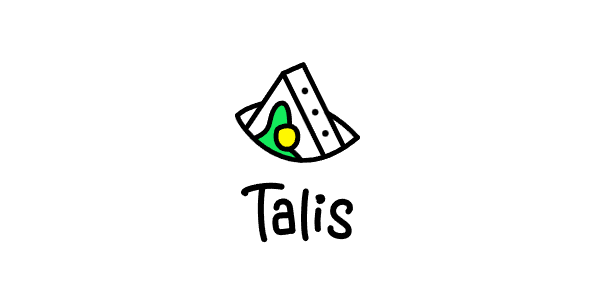
At first glance, many people will think that Talis Protocol is simply an exchange of NFT (Non-fungible token) works on Terra. However, when we dig deeper into Talis, it becomes clear that the development team's purpose is to create a project that can change the culture and way of trading NFT works.
Talis will only focus on building an art space, and all management rights belong to artists through blockchain technology. Similar to Angel Protocol and a few other projects under construction, the desire of the Talis Protocol developers is to open up a platform that is accessible to even those with little experience in the field of Crypto.
Besides providing an NFT exchange, Talis Protocol also assists artists in collecting royalties and tracking sales. Users can also connect directly to printing units. These services will be under the control and management of the community administrator.
Talis Protocol has many differences from regular NFT exchanges. Project Talis points to the failure of the art industry to not be able to properly pay artists. To solve the above problem, Talis Protocol proposes a cryptographic model for decentralized print-on-demand (POD) services.

Talis aims to replace the centralized platform of the printing industry with a DAO-based organization of TALIS token holders (DAO is a term for a decentralized autonomous organization that operates on the basis of rules). encrypted without human intervention). Thanks to the adoption of the DAO mechanism, artists can now use the infrastructure for printing without going through an intermediary.
In addition, the unique NFT lending function of the Talis project will unlock the untapped financial potential of the NFT. By bringing NFT to use in the printing industry, the Talis project will reward art creators well and drive the nascent digital art market to achieve significant innovations around the world. .
Main features of Talis Protocol:
There are 4 ways to make money in the Talis Protocol system:

The platform of Talis Protocol includes the following main features:
TALIS NFT
Talis Protocol users can mint NFTs (according to CW721) for image formats and NFTs (according to CSS1155) for images, audio, video, etc. In version 1.0, users will be limited in size per session. file is 100MB.
NFT Value Index
To make NFT data more accessible to buyers, the development team created the NFT Value Index. The algorithm that generates this index will combine many factors to evaluate a work of art such as the number of sold and unsold products, rarity, recent product views, etc. This indicator is the data source for evaluating market trends.
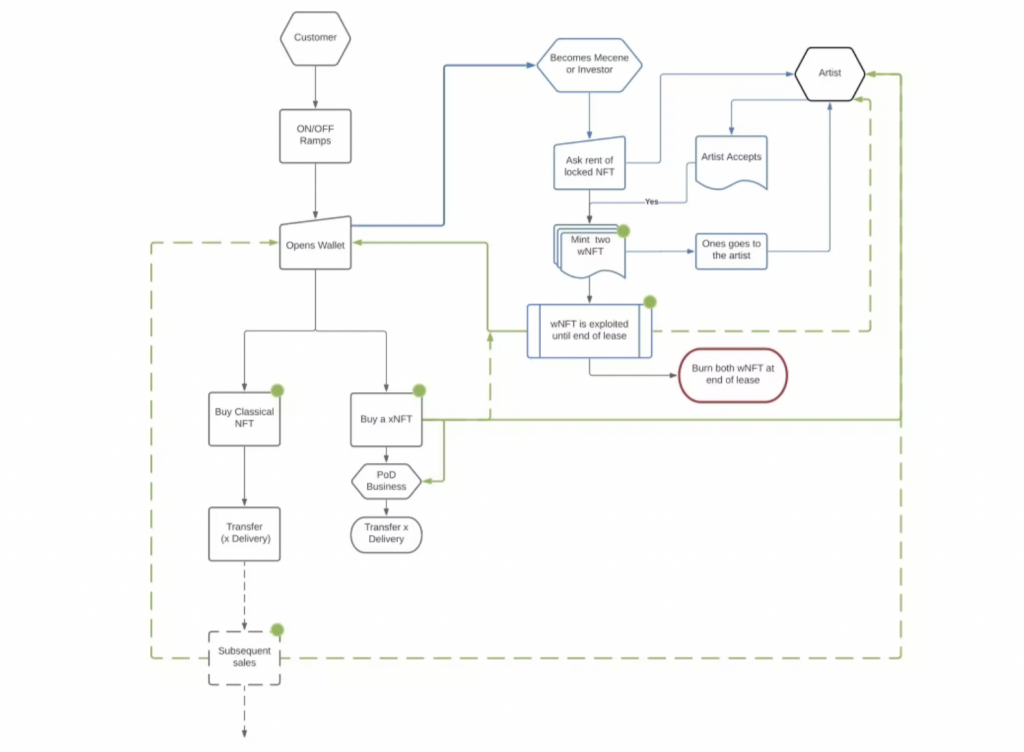
The ability to value a piece of art not only helps investors in the buying and selling process, based on the NFT Value Index, the system can allow collectors to mortgage NFTs in exchange for liquidity .
Talis Exchange
Talis' NFT exchange will carry out activities of buying, selling, lending and transferring ownership of NFT works in many forms.
NFT Loan
With this feature, artists can bring their NFT work to potential investors to borrow for a certain period of time. This feature helps both parties to make a profit.
NFT Collateral
There are times when NFT collectors need financial liquidity to handle their work but don't want to sell their collection. To solve this problem, Talis created a platform that allows users to mortgage their NFTs in exchange for cryptocurrency. And through this form of mortgage, users can also rent out their NFTs to get maximum profit for themselves.
TaLISA: Artist Justice Court
There are many forms of digital reproduction of works of art. With the development of technology and the explosion of the market, plagiarism has become more and more rampant. TaLISA feature was born to limit that painful problem.
When there is a transaction to buy, sell or lend an NFT work, the money earned by the artist through the POD network will be locked for 15 days. During this time, the NFT work will be posted to the AJC site and notify the community that it has been sold.
If plagiarism is found, the original author of the work can file a lawsuit and provide proof of ownership (original files, production documentation, etc.). If the work is indeed a plagiarism, the transaction will still take place. However, the proceeds from the transaction will be divided into several parts, including to the author, the moderators on AJC, and the platform system.
Print-on-demand (POD)
This is a form of automatic order processing, orders will be printed as soon as they are sent to the printing units. As a result, the production of prints does not take up warehouse space as well as costs. Therefore, this service receives a lot of attention from artists who want to release their work for commercial purposes.
Here is some information about the Talis Protocol project team.
The recent private sale brought Talis' NFT exchange an investment of $2.3 million. The round was led by ParaFi Capital, Arrington Capital, with investors such as Benson Oak Ventures, GCW Capital and Blocbits. Advisory units include:
The development plan of Talis Protocol is as follows:
2021
First, the Talis project team will focus on launching an artist-centric NFT marketplace that is dedicated to digital art. Thanks to Talis' Anchor Protocol integration, in addition to supporting NFT according to CW721 and CW1155 standards, artists can deposit their earnings to generate profits smoothly. To do this, Talis will begin the process of validating artists and printers through the creation of community moderators. This role will be dissolved after the decentralization mechanism is fully adopted.
2022
Talis is looking to integrate POD services. Once the NFT marketplace and the link between the artist and the printing unit have been established, Talis is looking to optimize the platform through the addition of NFT-backed loans, a DAO governance structure along with some other features.
The TALIS token is the governance token of the Talis platform. A total of 10 billion TALIS tokens will be minted, of which 2.5 billion will be kept for community storage.
The distribution of TALIS tokens is as follows:
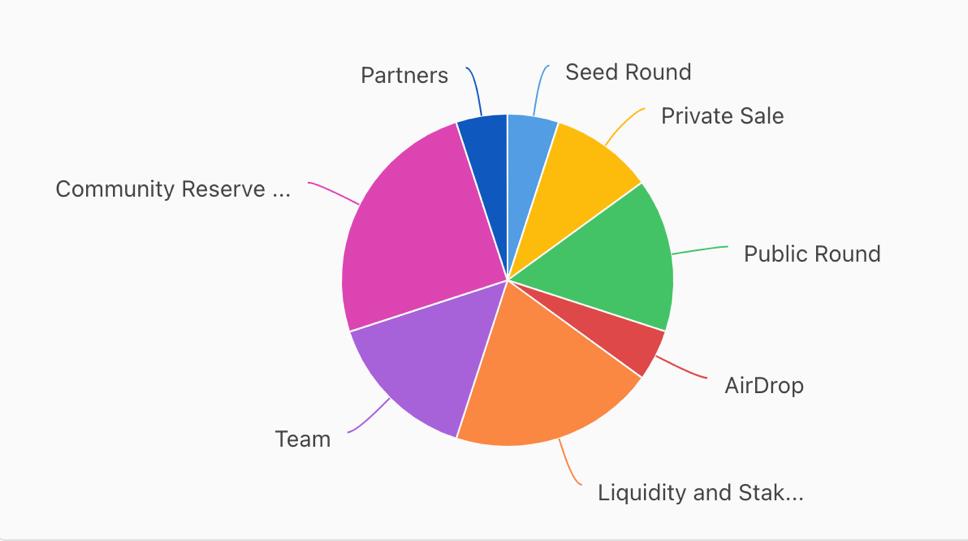
In addition to the interest received when staking or collecting fees, TALIS tokens are also used to:
The TALIS token sale plan has the following goals:
Opening date:
It is not too difficult for us to recognize the explosion of the NFT trend in the market today. Platforms like the Ethereum blockchain's Opensea have seen a lot of (even somewhat absurd) spikes in the prices of digital assets.
Meanwhile, the transaction speed and low costs have made the Terra blockchain a potential place for minting and selling NFTs. Therefore, it is not surprising that Talis is not the only player in the race for the right to shape the NFT market on this blockchain. Besides that, there are also projects like Andromeda Protocol, HERO and Terra World. In particular, Talis is most different in the policy on digital assets as well as the development orientation of the platform.
Talis Protocol is currently building its own community. Owning a large number of users and lively discussions on Telegram groups shows that this project is receiving a lot of support.
According to information from the project, version 1.0 will launch the NFT exchange and wallet utility combined with Terra's Anchor Protocol. The Work Censorship Council – TaLISA will also be developed to limit copying, plagiarism and other problems.
As can be seen, Talis' ambition goes beyond just building a platform to buy and sell NFTs. The project also integrates features such as loaning works, linking to identifiers and automatic royalty payment customizations.
This will be a project worth considering when bringing both the NFT world and real-life famous artists into the Terra ecosystem.
In addition to accomplishing the long-awaited mission of paying and rewarding artists, Talis Protocol extends the effectiveness of NFTs better than all current DeFi protocols. It's the NFT exploitability and the NFT work lending policy. This will probably be a new milestone for the financial platform as well as for the development of NFT technology.
For more information about this project, please visit Talis Protocol's communication channels:
Website | Project Information | Twitter | Discord | Telegram
Ngoài PancakeSwap, hệ sinh thái BNB Chain còn có một AMM khác có TVL đạt 150 triệu USD chỉ sau hai tháng ra mắt, dự án này được gọi là Thena.
Blockade Games provides a platform that allows developers to create blockchain games. In addition, Blockade Games also creates many interesting free games.
UNQ Club is a project that provides a blockchain platform that allows investors to collect and manage existing NFT assets.
BENQI is one of the important pieces of the Avalanche ecosystem. Join TraderH4 to find out what BENQI (QI) is as well as detailed information about the QI token.
In addition to a cryptocurrency storage wallet, SafePal is also known to many investors for its SFP tokens and airdrop events with attractive rewards.
The fever from Akita Inu in the Crypto market in the past time has created a great buzz along with the rapid development of the "dog house token".
What is IoTeX? This is a blockchain built and developed in conjunction with the Internet of Things (IoT). Join TraderH4 to learn this article.
What is OKB? OKB is an exchange coin of OKX and the OKX Chain blockchain. Let's learn about OKX and OKB exchanges with TraderH4 in this article.
DROPP GG brings an innovative and novel idea to provide an NFT mint platform based on geographies outside of the real world.
CronaSwap is a DEX built on Cronos Chain, which has a similar model to Uniswap.
